(118 products available)































































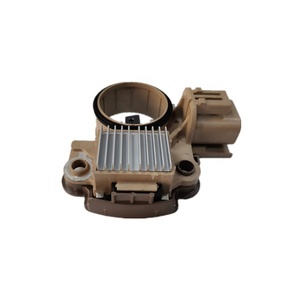
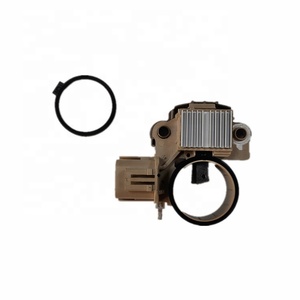
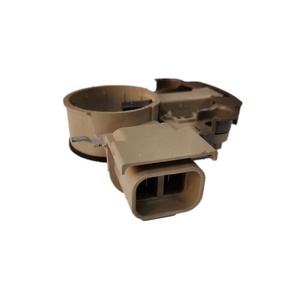
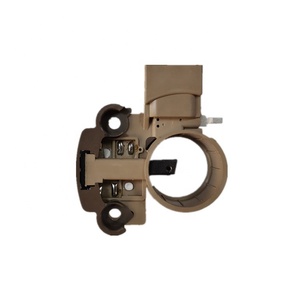
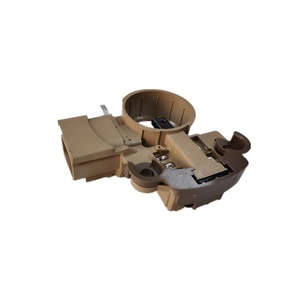
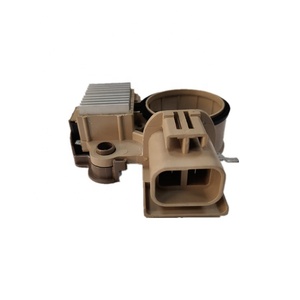




























































































The besta alternator can be broadly classified into two categories based on its construction and working principle:
Rotating Field Type Alternator:
This is the most commonly used alternator. It uses electromagnets as the rotor windings. The rotor is placed inside the stator, and the field winding is connected to the DC power supply through slip rings and brushes. The rotor creates a magnetic field when the DC current flows through it. The rotor is rotated by a turbine or a shaft powered by a prime mover. The rotor's rotation causes the magnetic field lines to cut the stator's conductor lines, inducing an EMF. The alternating current is then drawn from the stator conductors.
Rotating Armature Type Alternator:
In this type of alternator, the armature winding is placed on the rotor, and the field winding is placed on the stator. The rotor creates a magnetic field when the current flows through the winding with the help of an external power supply. The magnetic field produced by the rotor's winding cuts the conductor lines present on the stator, and this movement induces an EMF between them. The difference between this type of alternator and the rotating field type is that the armature is used in the rotor instead of the stator, and vice versa for the field winding.
Voltage Regulator
The alternator's voltage regulator is in charge of keeping a steady voltage. For most cars, this means 13.5 to 14.5 volts. If the voltage is off, it can damage the battery or the alternator.
Cooling System
To keep the alternator from overheating, there should be enough airflow around it. Some cars even have fans to help. If the alternator gets too hot, it won't make as much power.
Physical Size
The size of the alternator is based on how much electricity it needs to produce. They usually range from 50 amps for small cars to over 200 amps for big trucks or cars with lots of extras. A more giant alternator will give more power but use more gas because it works harder.
Bearings
Alternators have either sleeve or ball bearings. Ball bearings last longer but cost more. All bearings need oiling from time to time to keep the alternator running smoothly.
Construction Material
Iron, aluminum, and composite materials are used to construct alternators. The materials affect how heavy the alternator is and how well it resists rust. Certain materials also help muffle noises from the alternator.
Cooling
Alternators have to be cooled because they can get really hot. They are designed with vents to allow air to flow through and cool down the parts. The vents let the heat escape. Some alternators even have fans that spin fast to push air through and cool it down better than just vents alone could do.
Battery Connection
The alternator is wired directly to the battery. It has to be kept in good condition so that the power it makes can flow to where it is needed. Every connection point should be checked for being clean and tight. Loose or dirty spots could cause interruptions in the electrical circuit. That means the battery could get unreliable charging from the alternator.
As with any mechanical device, regular maintenance will extend the life of the alternator and maximize performance. Here are some tips for maintaining the alternator:
Finding the right alternator for a vehicle is essential to ensure optimal performance and longevity. The choice depends on various factors, including the car's make and model, the alternator's compatibility with the vehicle, and the buyer's budget. Here are some tips to help choose the best alternator:
Replacing an alternator on one’s own is a task that requires basic mechanical skills, the right tools, and safety precautions. Here’s a step-by-step guide for replacing the alternator:
Tools needed:
Step-by-step guide:
Q1: Which is the alternator of the car?
A1: The car's alternator is a generator that produces electricity to power the electrical systems and recharge the battery. It is an essential part of the car's electrical system.
Q2: What is the function of the alternator?
A2: The alternator's job is to generate electric current to supply energy to the car's electrical components and keep the battery charged while driving.
Q3: What happens when the alternator fails?
A3: When the alternator fails, the car's electrical system loses power, and the battery does not charge. This can lead to dim lights, malfunctioning electrical components, and eventually a flat battery, leaving the car unstartable.